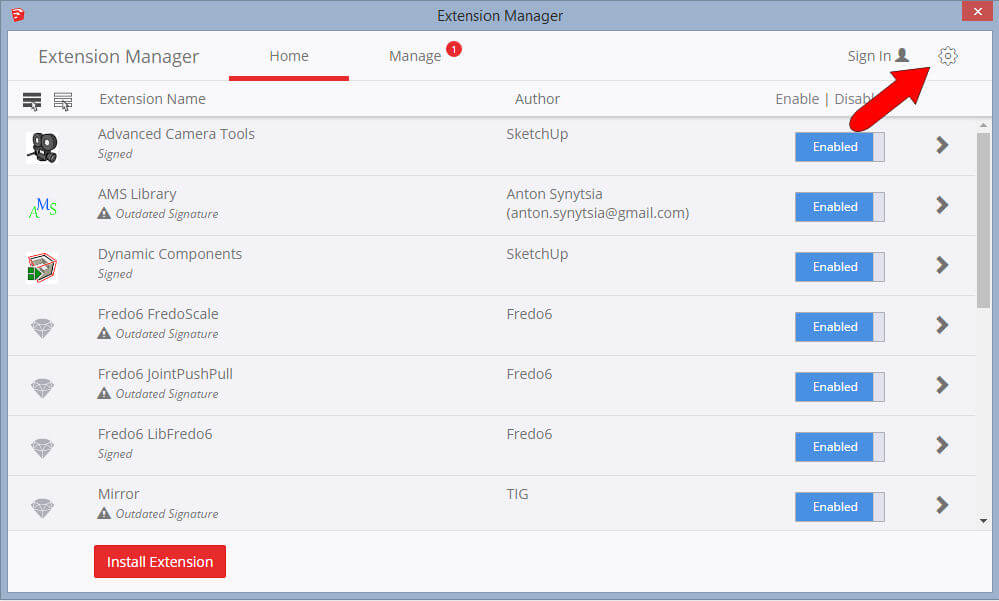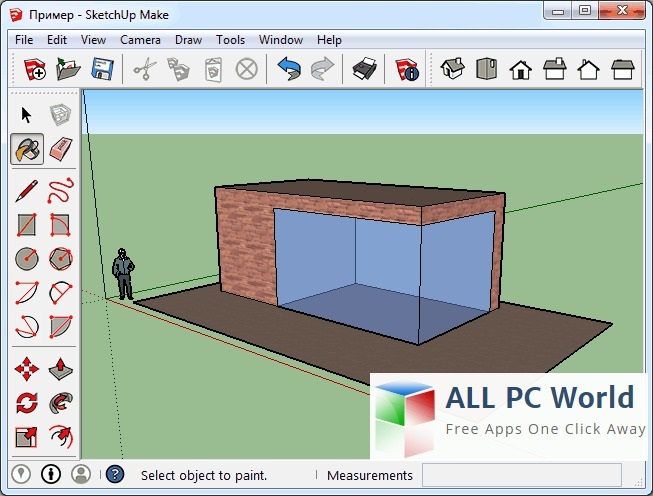

- Sketchup 2017 new how to#
- Sketchup 2017 new movie#
- Sketchup 2017 new software#
- Sketchup 2017 new windows#
Sketchup 2017 new how to#
Or read on for steps that walk you through how to paint all or part of your components. The following video demonstrates several tips and tricks for applying materials to components. Then select the faces you want to paint with a material.

When you apply materials to several faces at once, remember the following: ( Selecting Geometry offers tips for making selections.) Then switch to the Paint Bucket tool and apply a material. To do so, use the Select tool ( ) to select the edges and faces that you want to paint. You can paint multiple faces and edges at once. See Fixing an Issue in SketchUp for help. If your styles are showing textures, your computer may have insufficient memory to display materials in your model. In the Style area, make sure that the Display Shaded Using Textures option is selected. Open the Styles panel, select the Edit tab, and click the Face Settings icon. Tip: If the selected material doesn’t appear after you click a face, your model is likely using a style that doesn’t display textures. From the drop-down list, select a materials collection.You can then open the Materials panel in the tray. In this case, hover your cursor over the hidden tray tab. If the Materials panel does not open in the tray, the dialog box may be in a hidden tray. In the Materials panel that opens, click the Select tab.

To start applying materials to your model, follow these steps:
Sketchup 2017 new windows#
You apply materials to your model with the Paint Bucket tool ( ), which you find in the following parts of SketchUp’s interface: Windows If you’re painting groups or components, check out the tips at the end of this section, which can make applying materials even easier. Calculating material area automaticallyĪpplying materials to your model is pretty simple: Select a face or faces and then select your desired material.Of course, for this calculation to mean anything, you need to create a precise model so that the numbers reflect your model’s actual size. Calculate how much material you need: SketchUp can tell you the area of all the shingles or the siding.You can also edit a material’s opacity, which controls how opaque or transparent the material is. For example, you can change the siding color (how does yellow look?) but keep the same texture. Edit the material: Because the color and texture are separate, you can change them independently of each other.You can swap the roofing material for shingles quickly and easily. Replace one material with another: Say you want to show a metal roof instead of shingles.

2 - Material Picker - MacOSĪfter you apply materials like these to your model, the special capabilities of SketchUp’s materials can help you do any of the following: The siding and grass are also materials that have a color and texture. For example, in the following figure, the roofing material has a blue color and a texture that simulates metal roofing. Materials are essentially paints that have a color and optional texture (defined within an image file). To add detail and realism to your models, SketchUp enables you to paint materials on faces.
Sketchup 2017 new software#
Sketchup 2017 new movie#


 0 kommentar(er)
0 kommentar(er)
